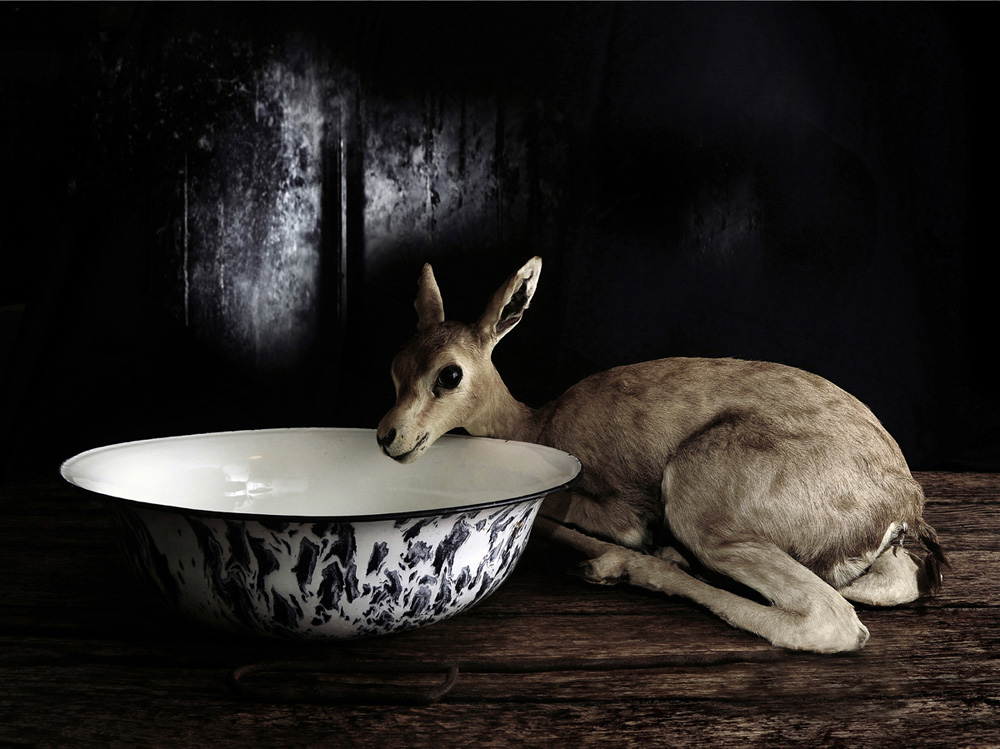© Eran Gilat
All specimens are derived from meat markets or natural history museums

















“Life Science” by Eran Gilat (Bio and Statement):
Eran Gilat is a professor of Neuroscience. Eran earned his B.Sc. in Biology from the Hebrew University of Jerusalem, his D.Sc. degree in Medical Sciences from the Israel Institute of Technology and his Post-Doctoral Scholarship from the Albert Einstein College of Medicine in New York. Eran’s research focused on the study of the mechanisms underlying epilepsy, and the development of innovative cure for this illness.
Eran is also an avid art photographer, in the past mostly engaged in portraits, and street photography. In the last 4 years Eran found himself directing most of his attention and energy to still life photography of biological specimens, highly inspired by his long lasting confrontation with biological tissues and natural fauna. Eran’s photographic activity deals with the aesthetics of the scene, improvising various contexts, the tools and paraphernalia shown are not just the typical ones used in the operating place. His “Life Science” project is forcing the biological tissue into a relatively pleasant, sometimes artificial scenarios contemplating issues of materialism, erotica and mortality, corresponding with the complicated and intriguing category of “Animal reminder” in the visual arts.
Eran presented his “Life Science” project in solo and group exhibitions in leading galleries in Israel and was invited for a solo exhibition in the New York Photography Festival (2011). Numerous invitations for group shows followed including Lodz Fotofestival GradPrix finalists, Arles Open Salon, Gallery Huit and Philadelphia Photo Art Center, Cape Town Photography Festival (MoP 2012), the San-Diego Art Institute, balboa park (Sept. 2012), Athens Photography Festival,
Edward Hopper Art Center-NY, Center for Fine Art Photography Vol. 6, ON THE SEAM MUSEUM-Jerusalem, Cambridge University Gallery.
# The Source of all specimens are Natural History facilities
